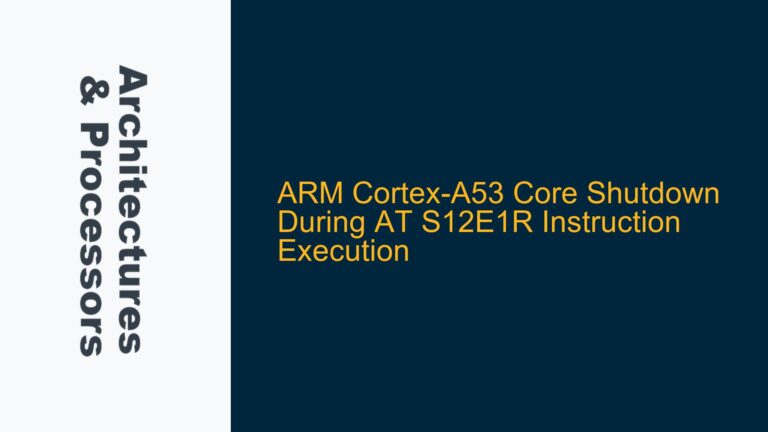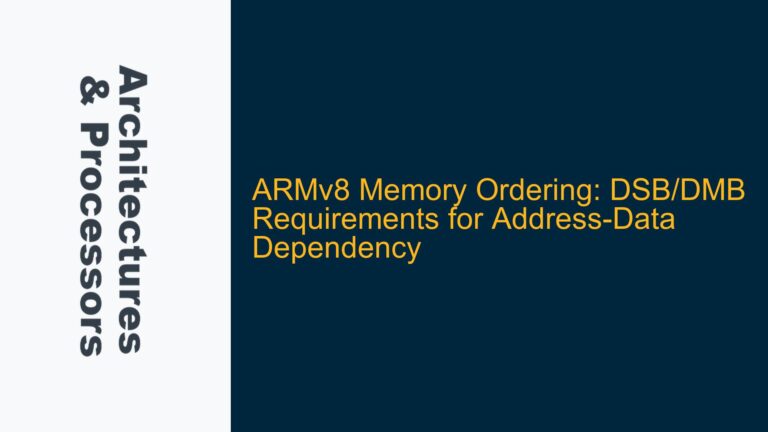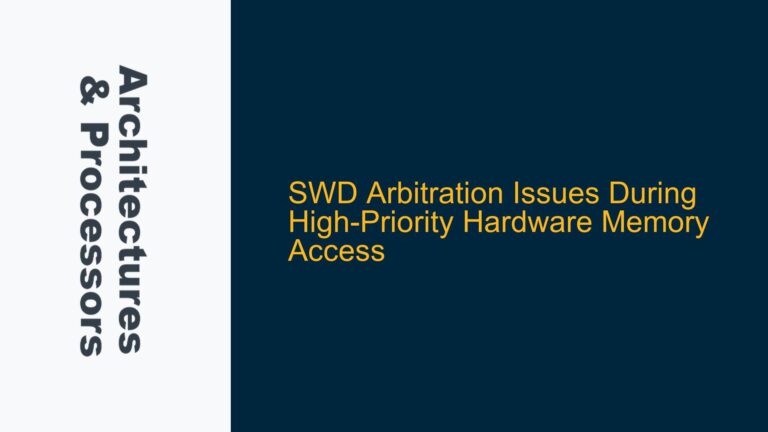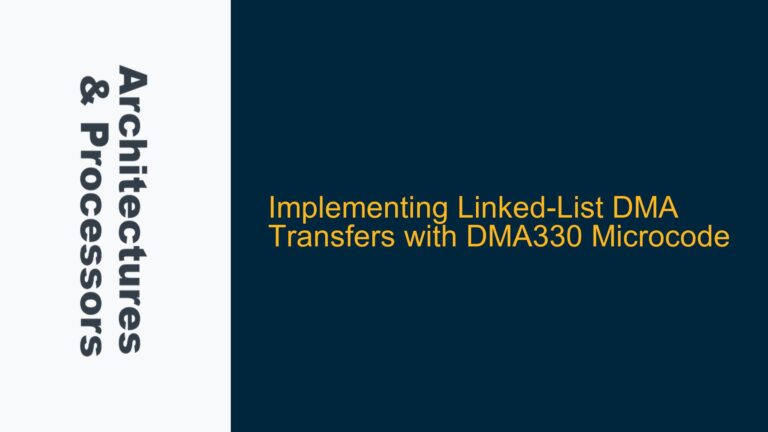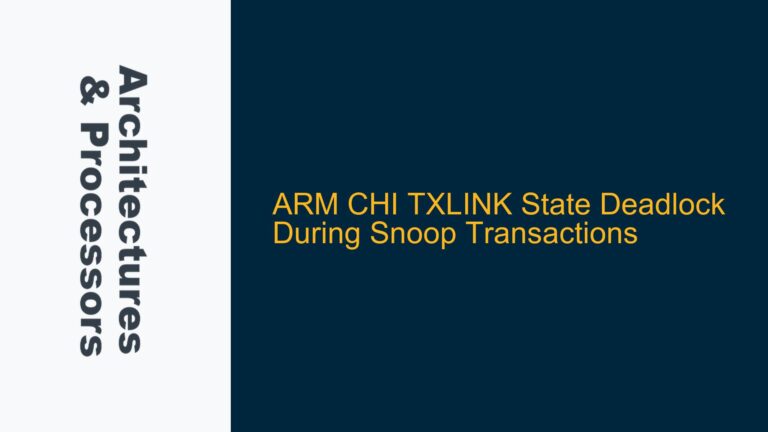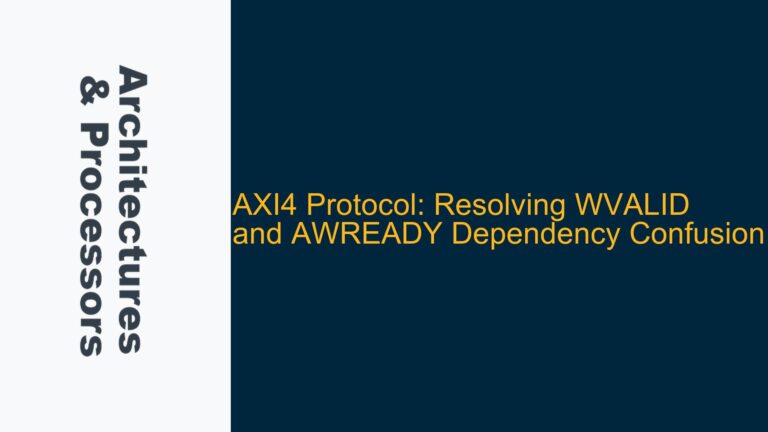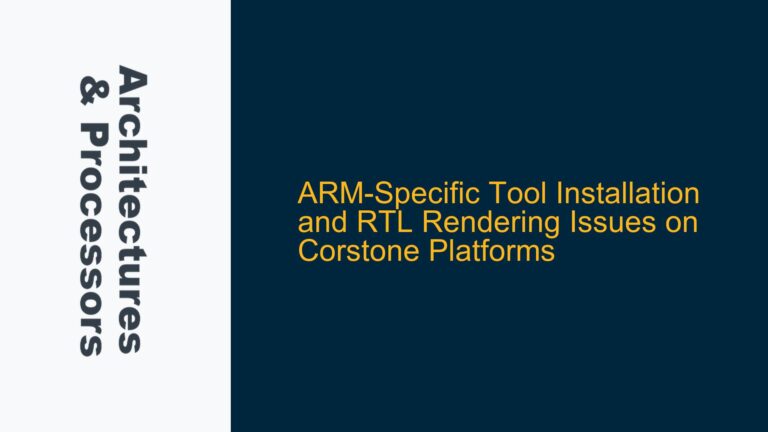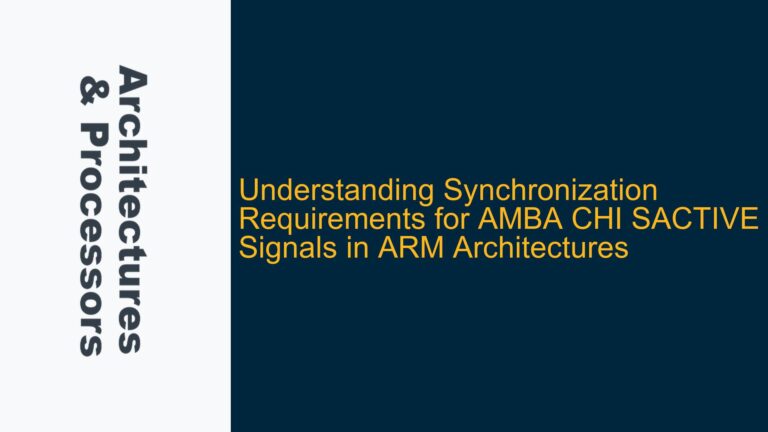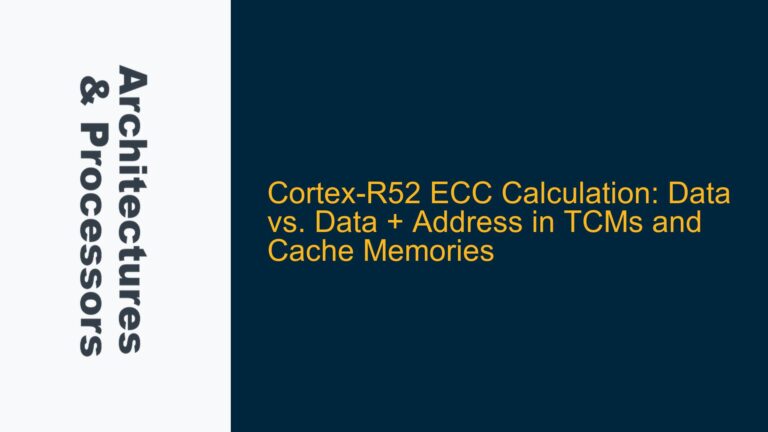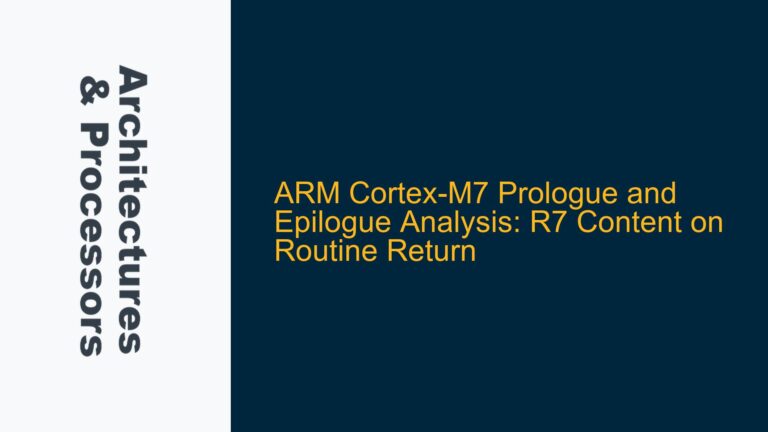ARM Cortex-A53 Core Shutdown During AT S12E1R Instruction Execution
ARM Cortex-A53 Core Shutdown During AT S12E1R Instruction Execution The ARM Cortex-A53 processor is a widely used 64-bit core in embedded systems, known for its efficiency and performance. However, when implementing a bare-metal hypervisor, developers may encounter a critical issue where the core shuts down or becomes unresponsive during the execution of the AT S12E1R…
